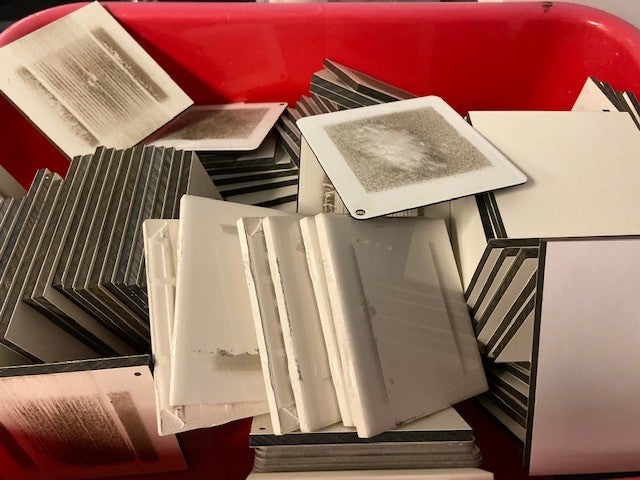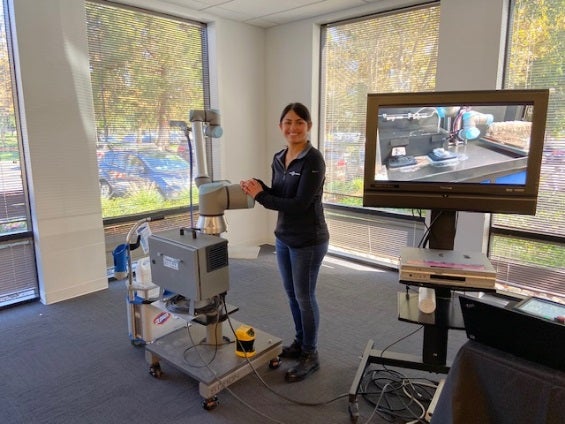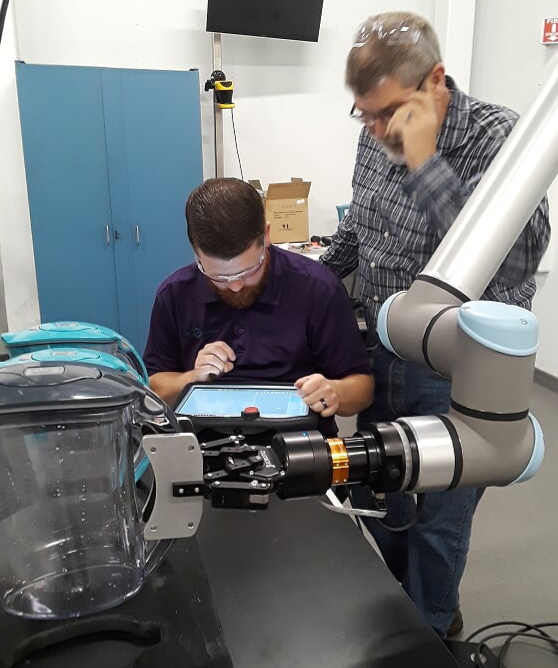The Robots Are Here to Stay
By Tim Soto, Technical Services Operations Manager

When I started working at Clorox 20 years ago I never could have imagined how much things would change in R&D.
My first role was in the Hard Surface Cleaning lab. There, I mixed various chemicals to make synthetic dirt, which I then sprayed on different hard surfaces so technicians could test products in development and scientists could evaluate their performance.
Well lo and behold, all those dirty hard-surface tiles had to be cleaned. And you guessed it, I was the guy for the job. Talk about boring, non-value-adding work — leaning against a sink for four-to-five hours a week cleaning tiles. This was by far the worst part of my career here at Clorox.
Fast forward 20 years, and this same activity is now done by a robot. That frees up hours every week for the folks in the Hard Surface Cleaning lab to work on higher value activities, and let’s not even talk about how much it’s improved their job satisfaction.

Dirty tiles waiting to be cleaned in the Hard Surfaces lab
They’re everywhere
In fact, robots are busy doing many things across R&D at Clorox.
They pour our Brita® pitchers over and over, sparing many a repetitive-use injury. They also test Kingsford® briquets, spray rust and hard water onto test tiles for Clorox® manual toilet bowl cleaner, place Pine-Sol® bottles onto conveyors for pack out, spray down a room with the CloroxPro® Total 360® in order to test new formulas, and so much more.
Eventually, robots will be everywhere at Clorox.
In order to get the robots everywhere, however, we’re actively trying to find out what repetitive tasks happen today and evaluate them to see if robots can do the work instead.
Our sweet spot is an activity that requires a lot of repetition or where operator-to-operator variability can be an issue. Projects that require a higher level of precision than an operator can deliver consistently are also perfect targets.
This is just one way that Clorox is embracing innovation in all facets of the business. We definitely don’t limit innovation to new products, and when we talk about reimagining the way we work, sometimes it’s not even “us” who end up doing the work.

Debbie shows off a robot at the 2019 Safety Fair

Programming a robotic arm to pour Brita pitchers




